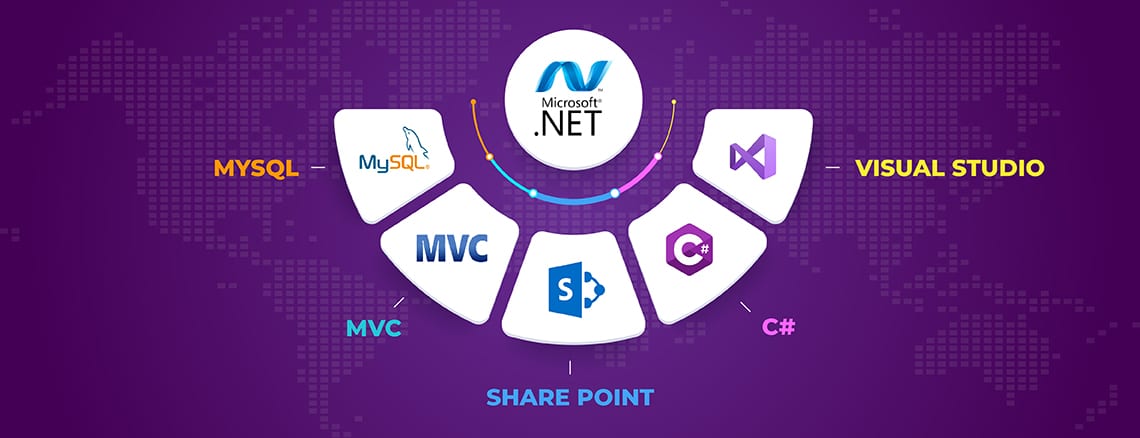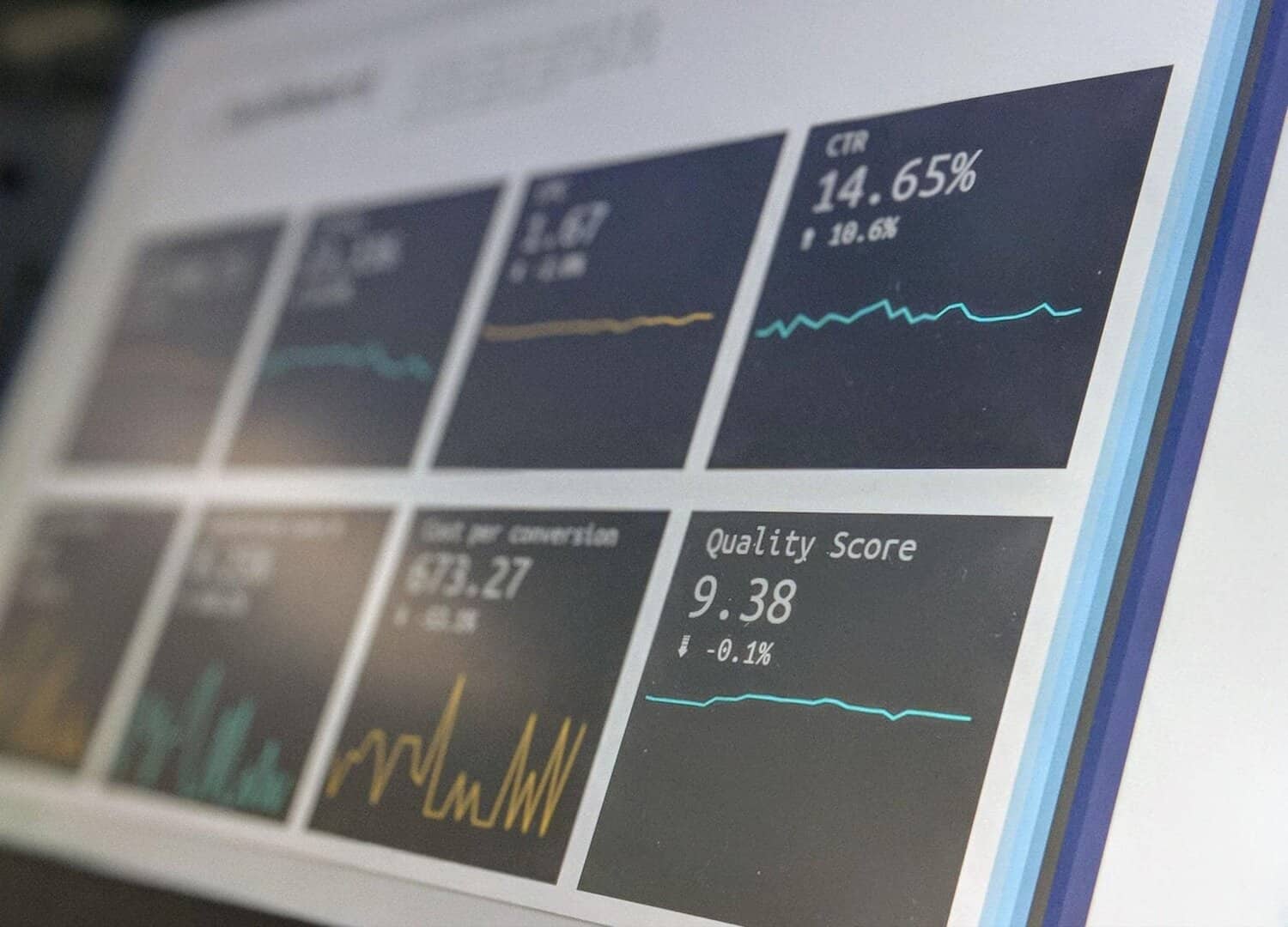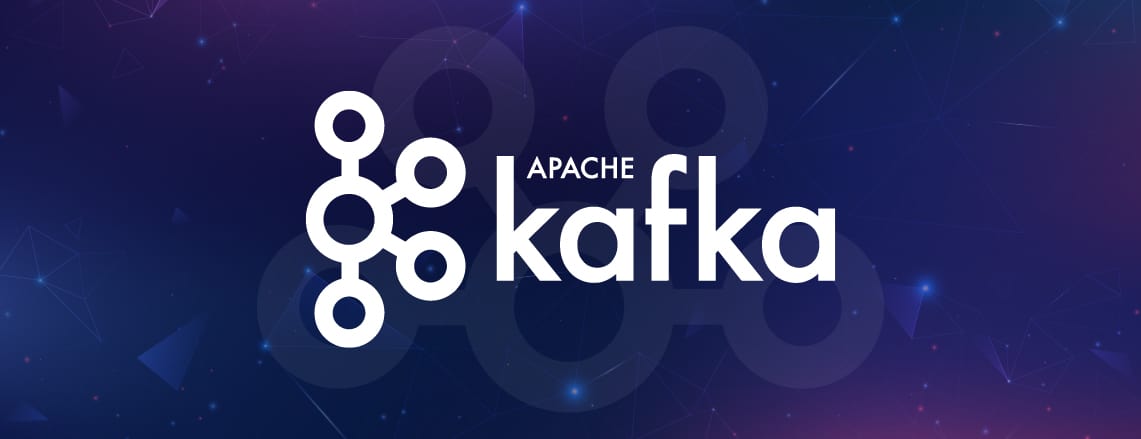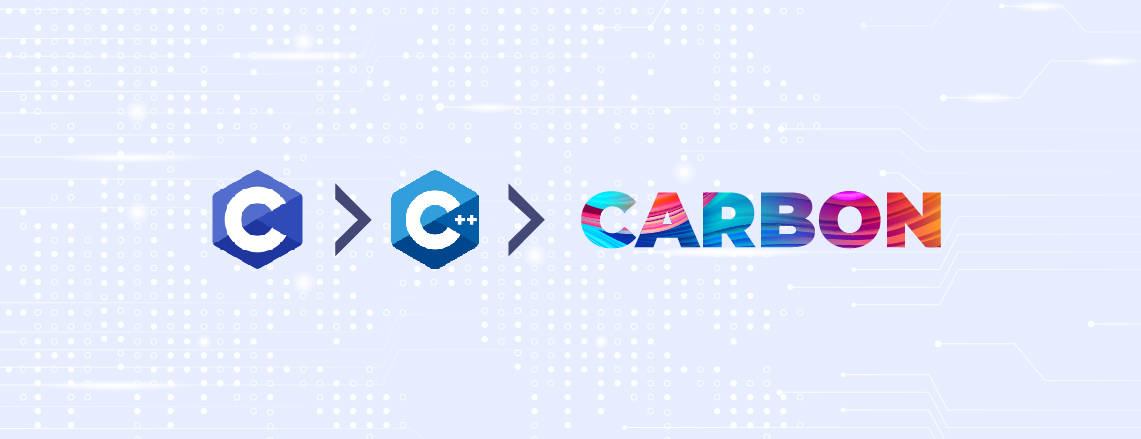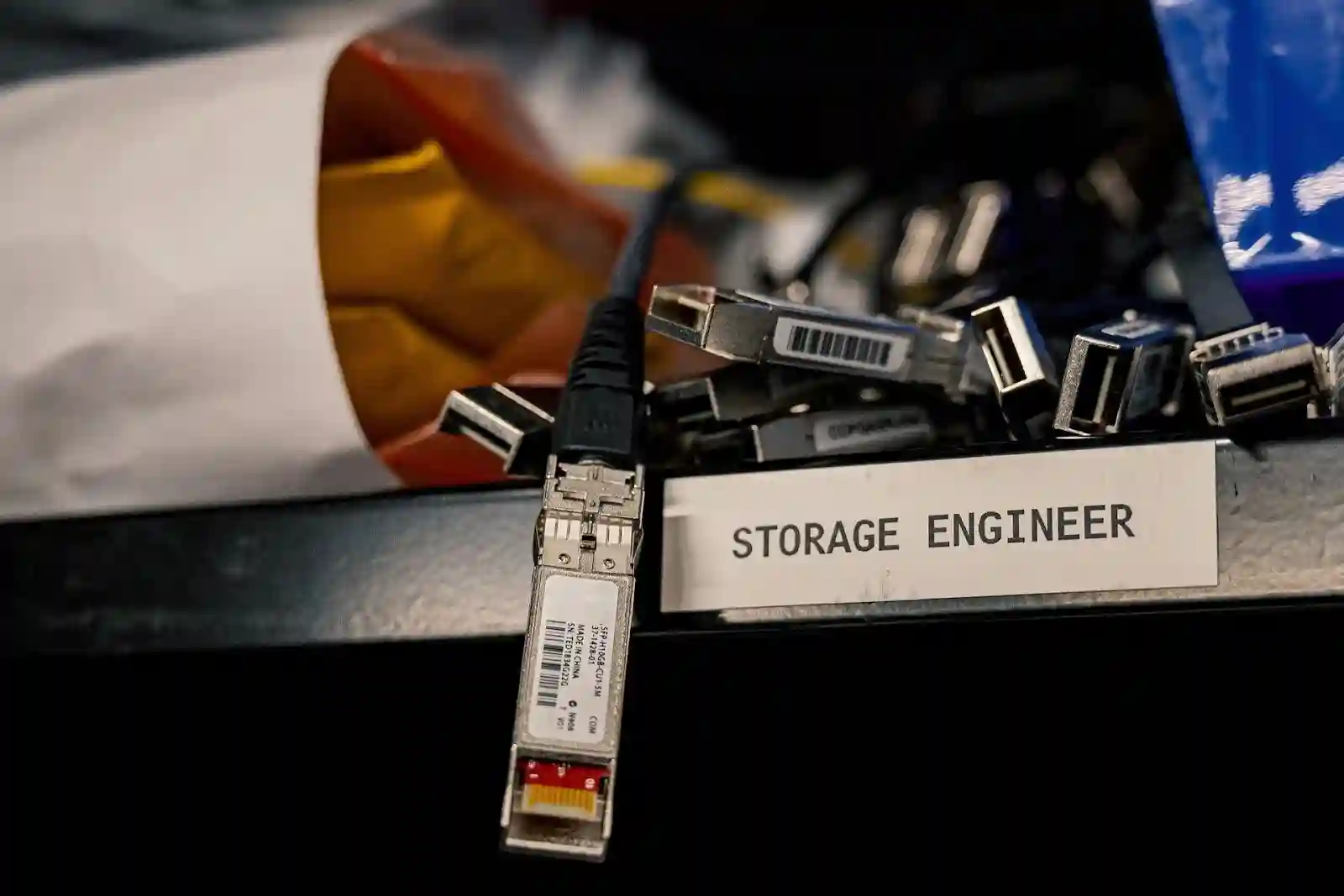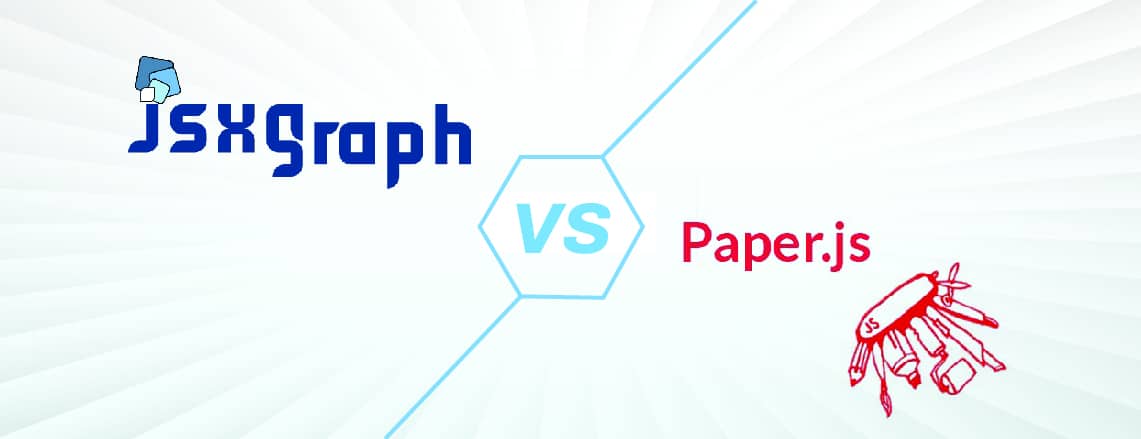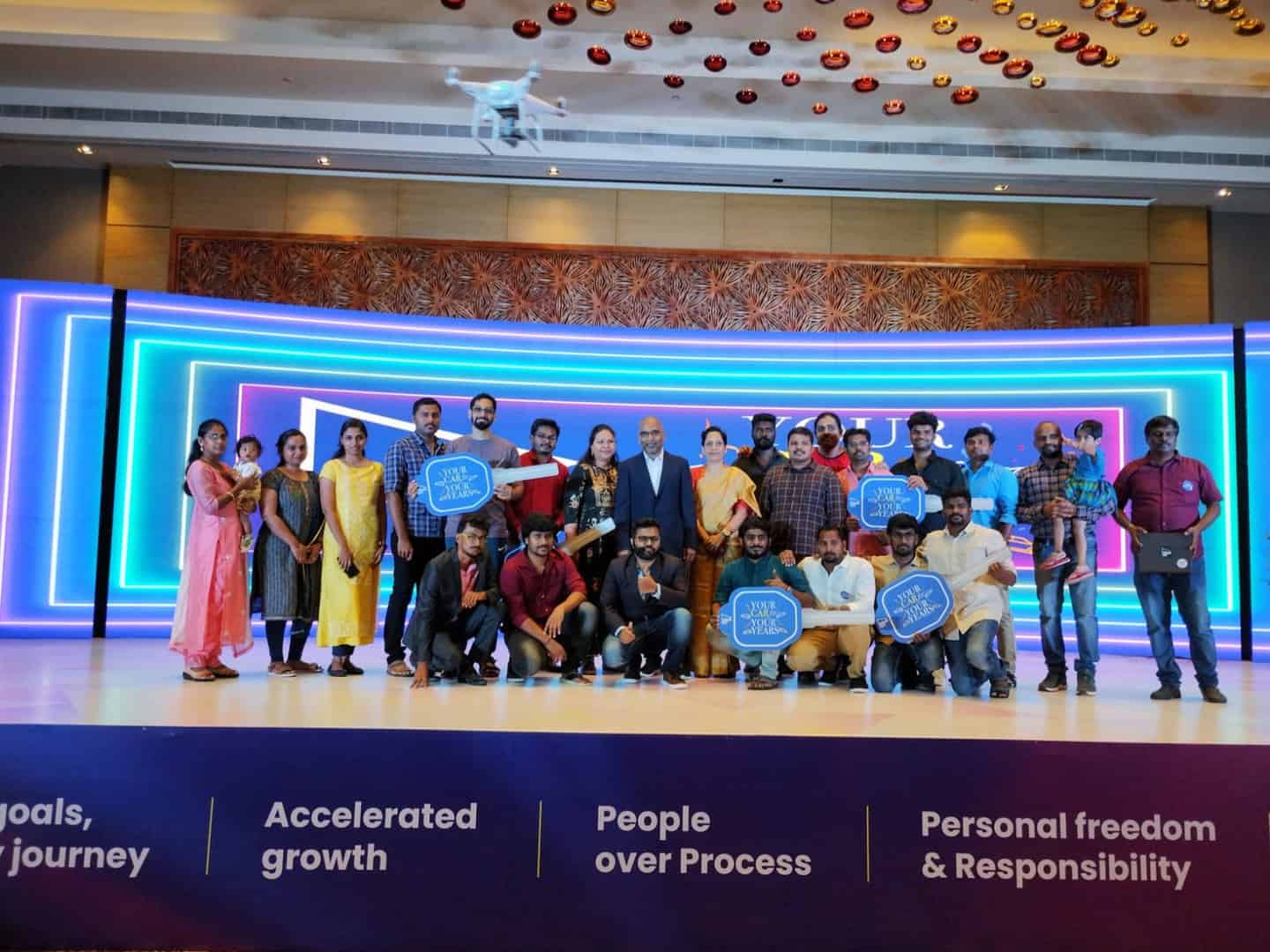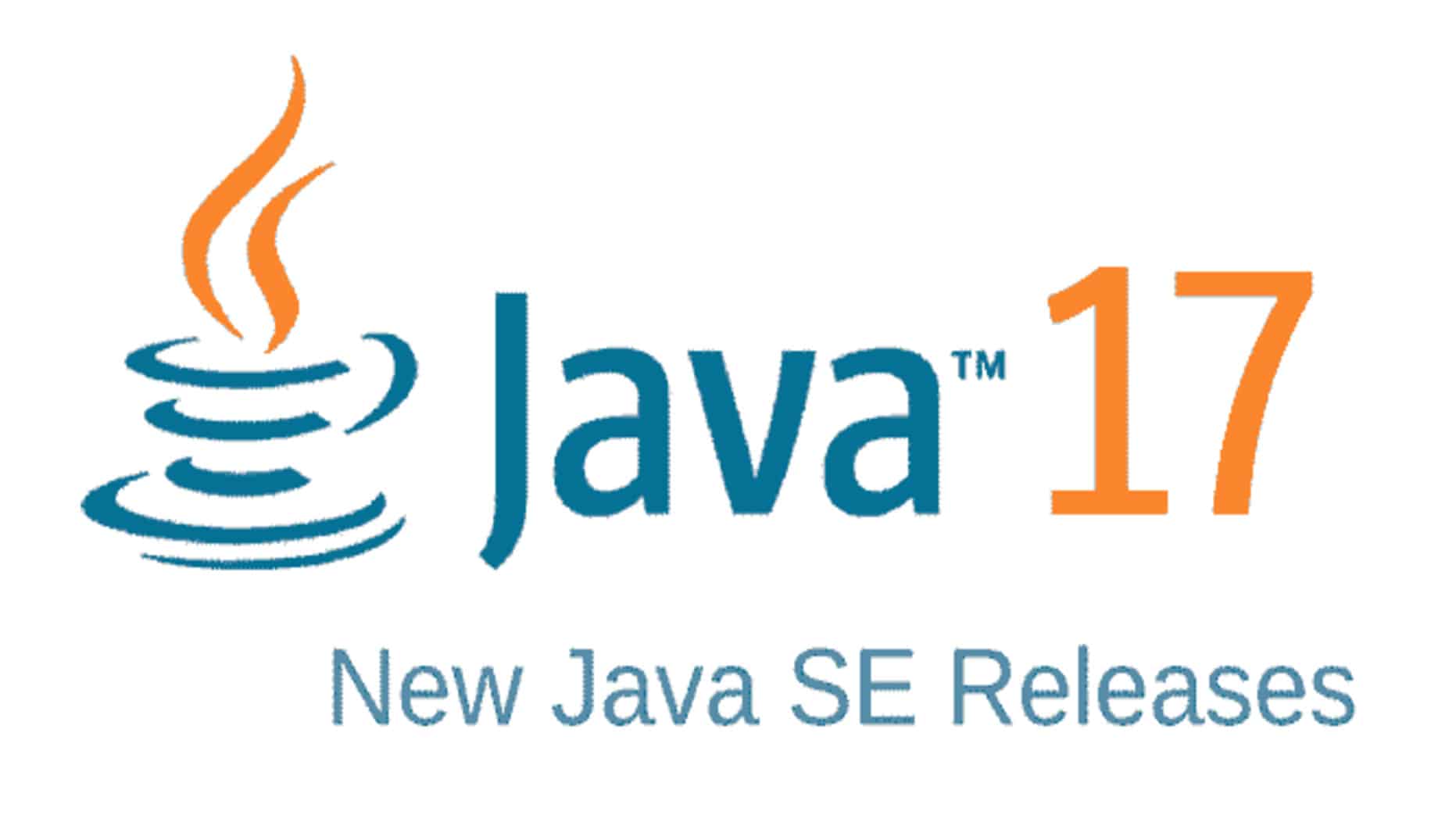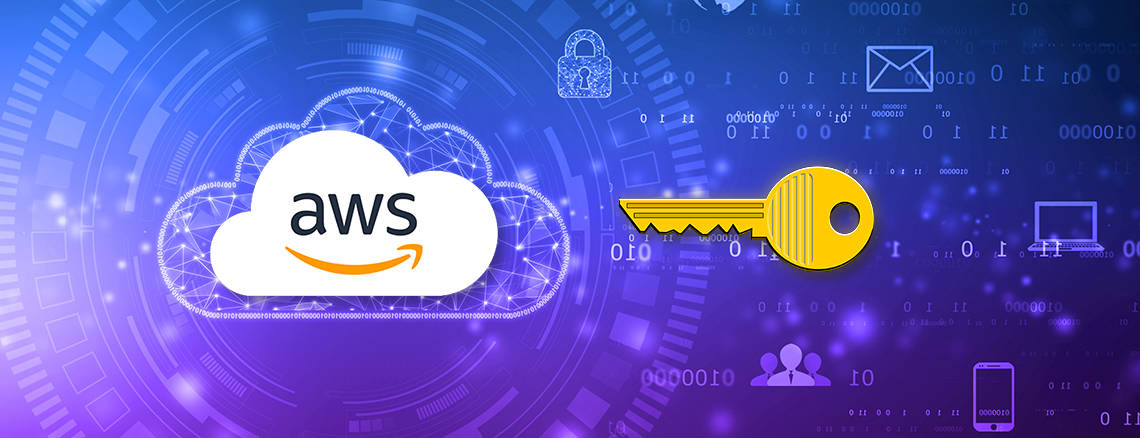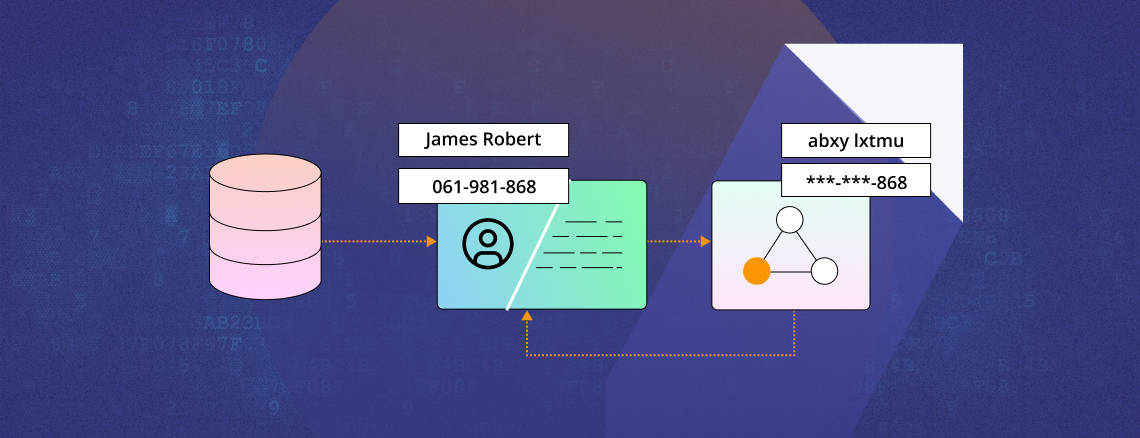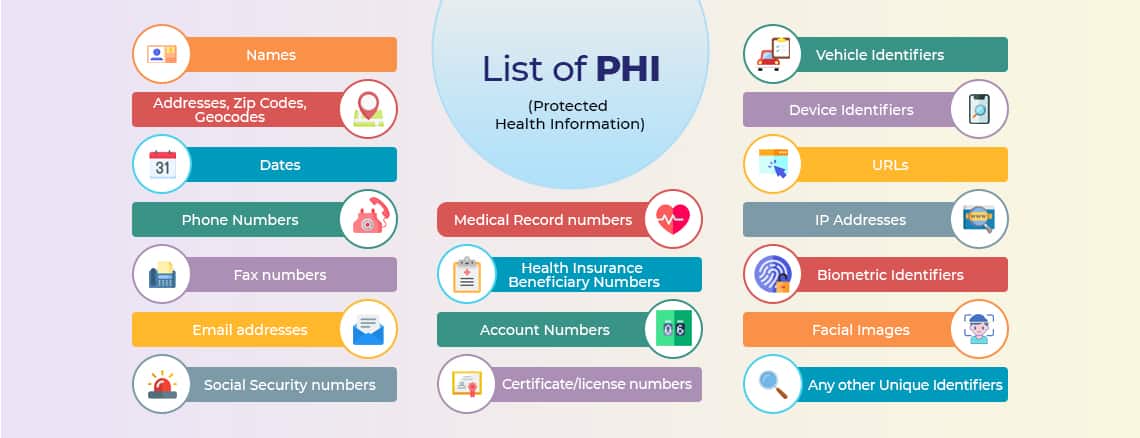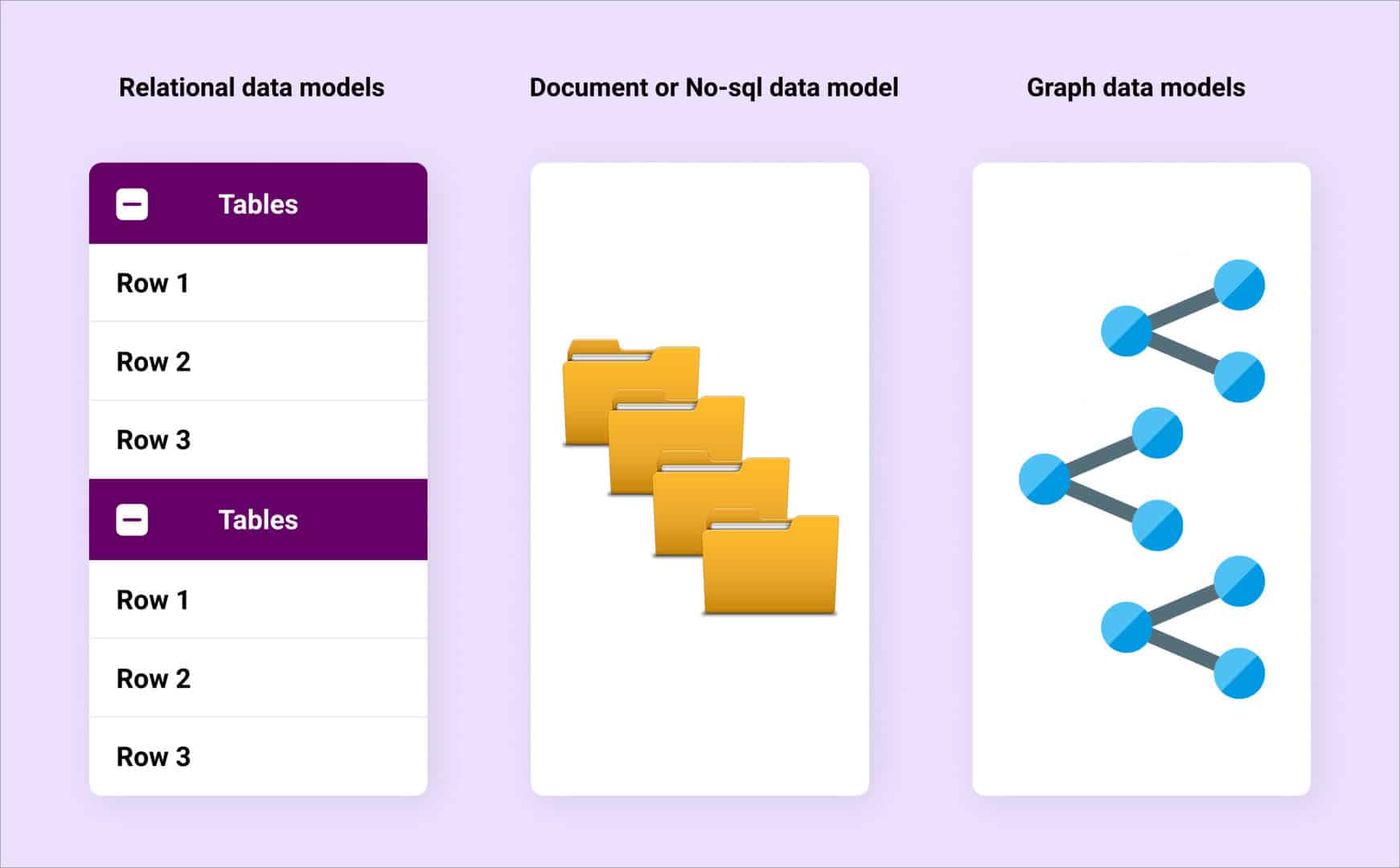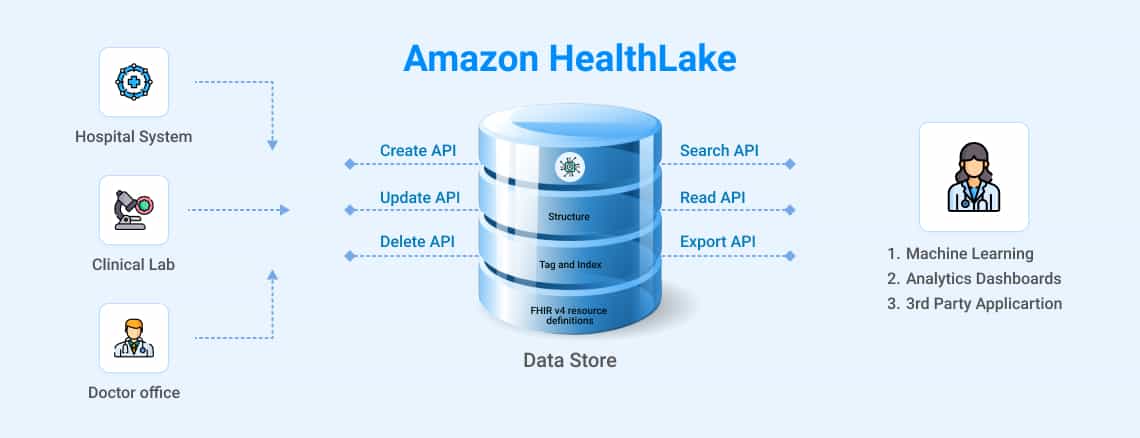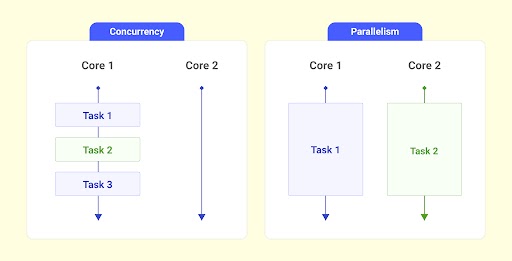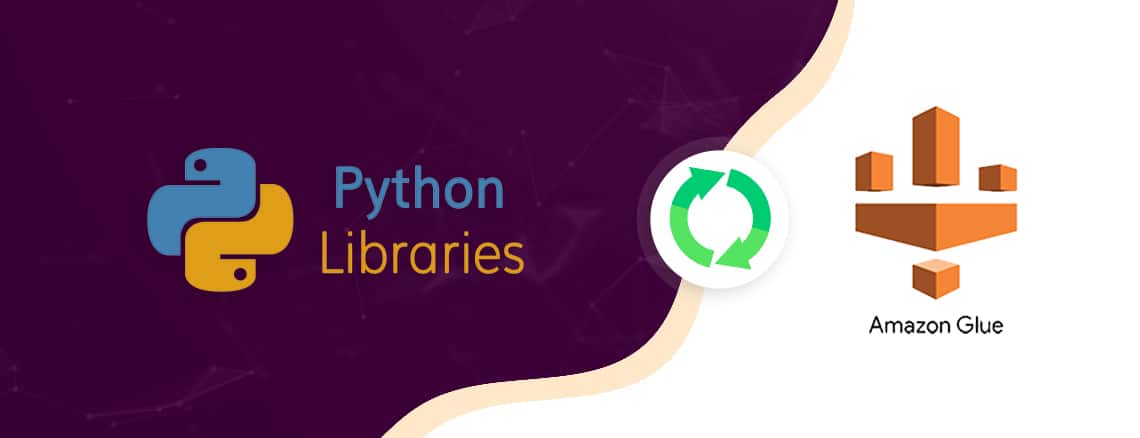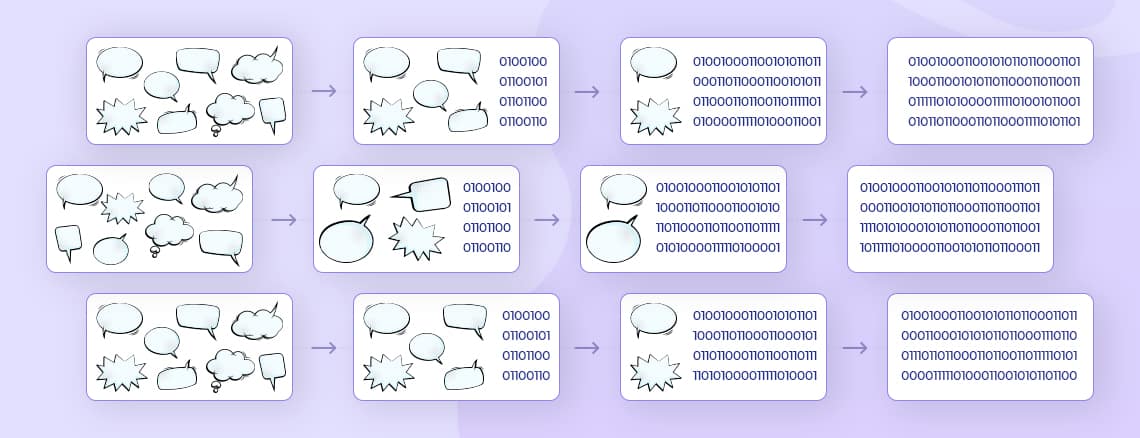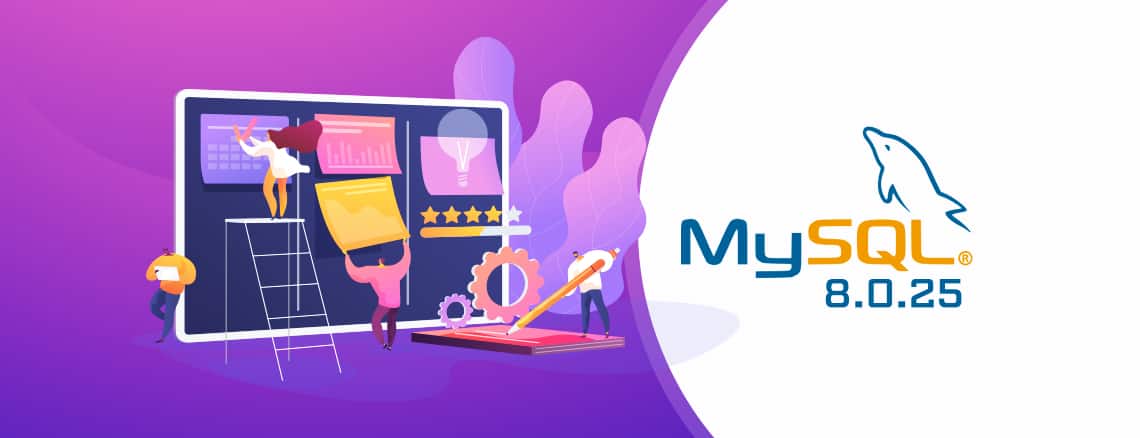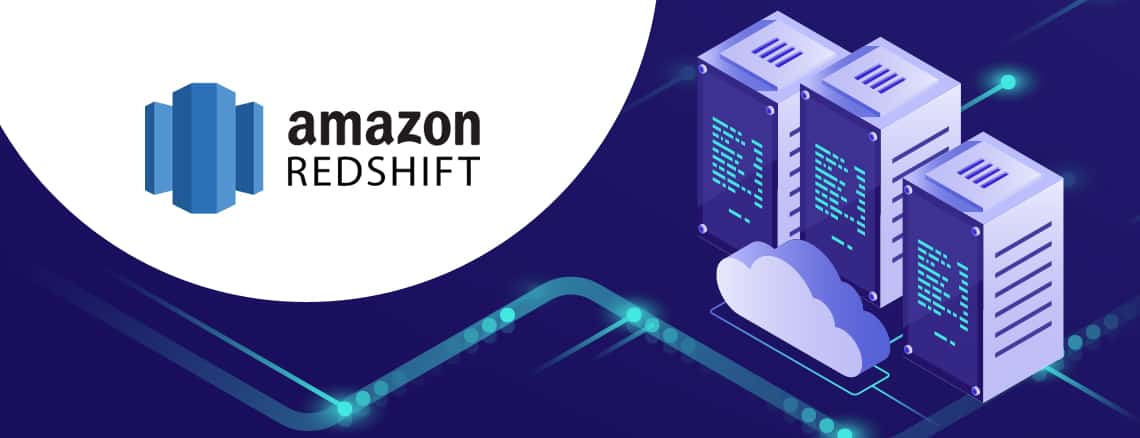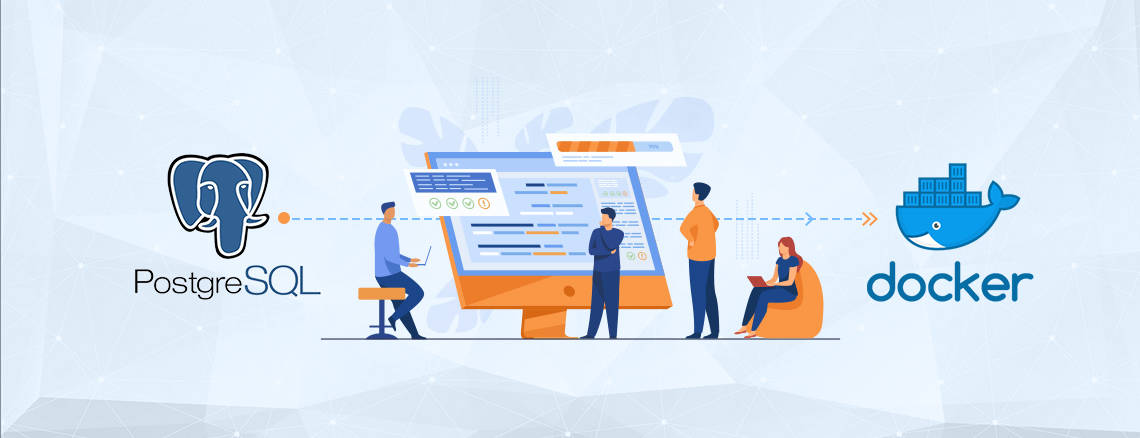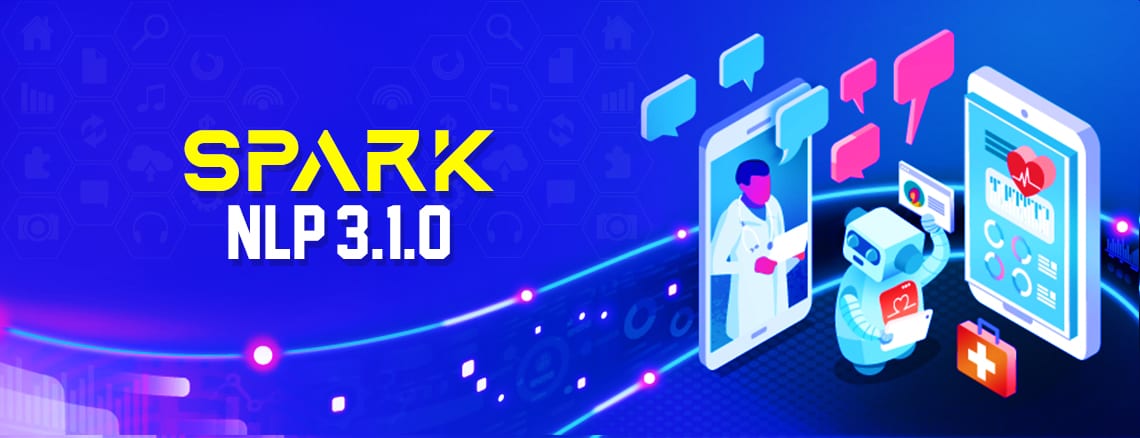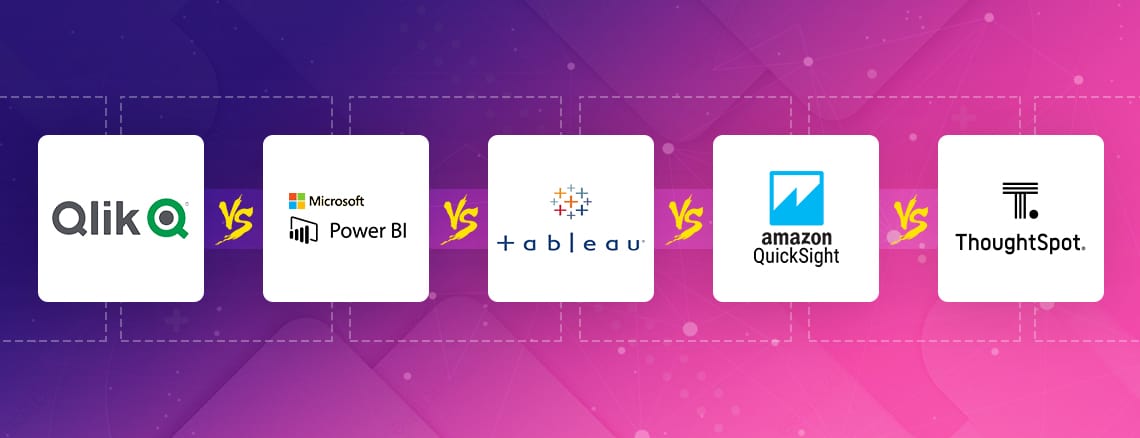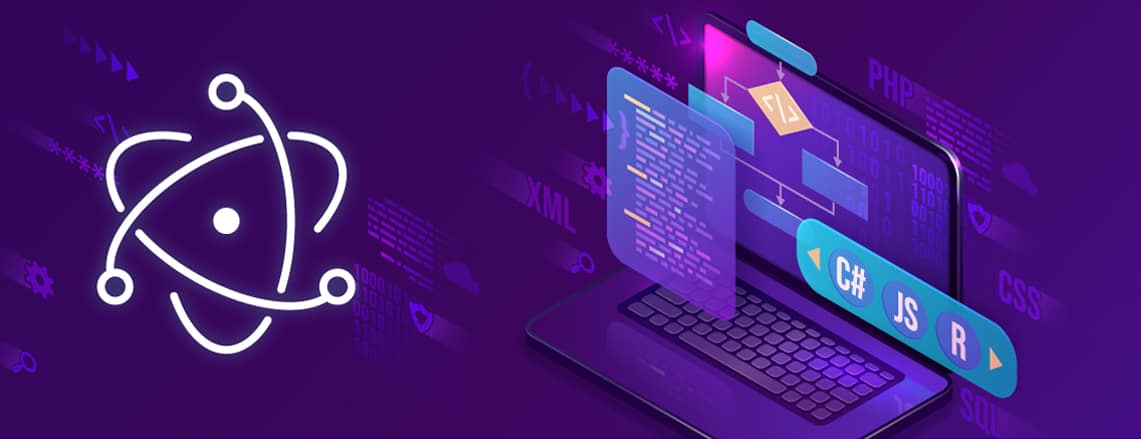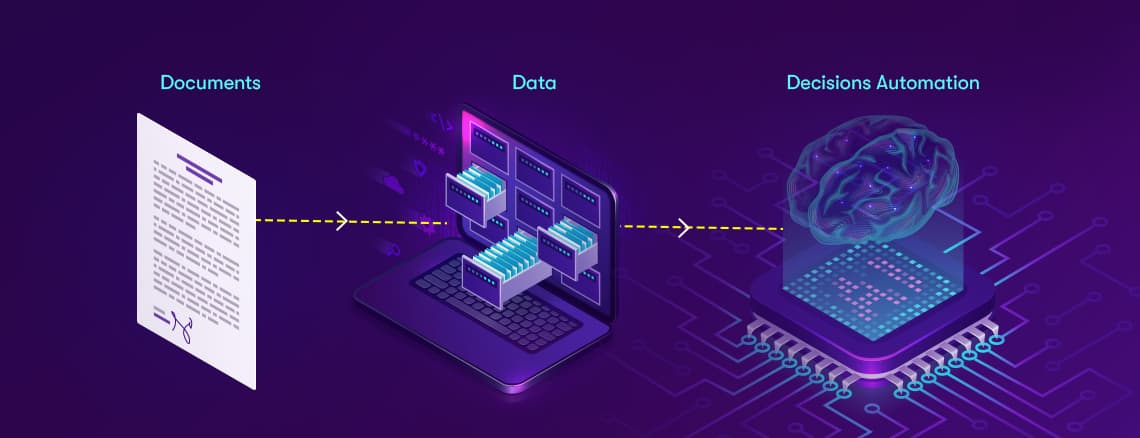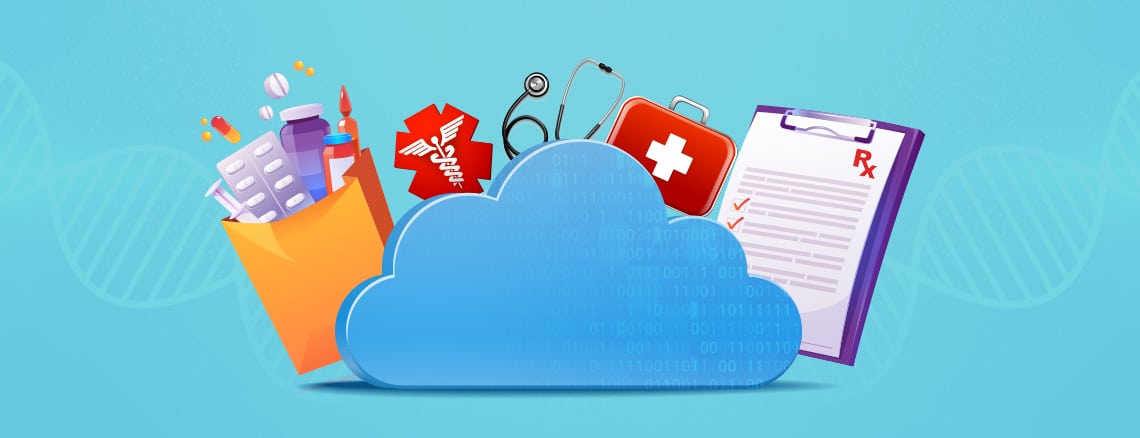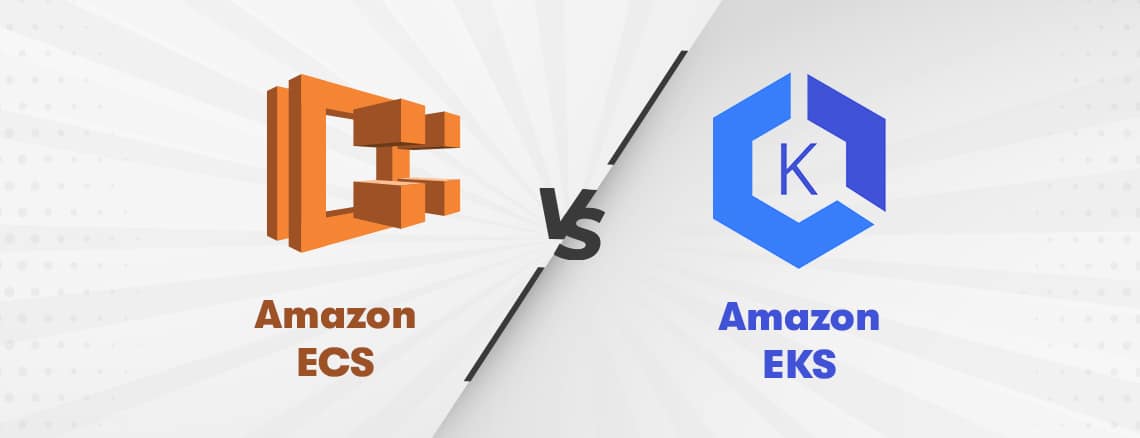Data is a double-edged sword: it can help you understand the world or get you lost. But with the right tool to store and analyze your data, you can hold the world in your hand. Take a peek at Snowflake vs. Databricks vs. AWS Redshift, three cutting-edge software products to manage your data.However, looking into Databricks vs. Snowflake performance, Databricks vs. Snowflake cost, or even Redshift vs. Snowflake data warehousing could be tough without a guide.This article, therefore, breaks down each software in terms of core features, integration, pricing, and more to help you make an informed decision.
Overview of Snowflake vs. Databricks vs. AWS Redshift
The global data warehousing market could reach $51.18 billion by 2028, growing at a CAGR of 10.7% from 2020 to 2028, and Snowflake is among the key players. Looking into Databricks vs. Snowflake vs. AWS Redshift would help you find the best tool to help you store, centralize, transform, and analyze data.
What Is Snowflake?
Snowflake is a cloud data platform and a modular and scalable data warehouse or repository for nearly all industries. That includes healthcare, gaming, media & advertising, financial services, and more. The Snowflake technology is a DWaaS that operates on AWS with no infrastructure to manage or knobs to adjust.
What is in the Snowflake database for you? It is meant to solve challenges that conventional (legacy, cloud, and on-premises) data systems can't. It also eliminates a big data platform's administrative and management burdens. It thus offers competitive enterprise-level data warehousing services.
What Is Databricks?
Databricks is a unified data analytics solution that combines data engineering and science across the machine learning lifecycle, from data preparation to ML configuration management.
Its unique and extensive features help firms harness AI.Meanwhile, Databricks SQL vs. Snowflake cloud services allow customers to operate a multi-cloud lakehouse architecture.The software is ideal for firms in energy and utilities, financial services, advertising & marketing.
It works well also with the public sector, telecom, healthcare & life science, and many others.
What Is AWS Redshift?
AWS Redshift is Amazon's cloud-based data storage solution. It uses SQL to query petabytes of organized and semi-structured data across your data warehouse, operational database, and data lake.
It is one of Snowflake’s competitors.Because the solution is fully linked with AWS, you can save your query results to S3 in open formats. Like many AWS services, it can be set up with a few clicks and has several data import possibilities. Redshift data is encrypted for protection.

Credit: Lukas
Snowflake vs. Databricks vs. AWS Redshift Detailed Comparison
Putting Snowflake, Databricks, and AWS Redshift side-by-side to check their features, functionalities, and prices would help you determine which one will best address your requirements.
Core Features
Snowflake’s architecture allows database features, solid support offerings, security features and validations, and integrations.Databricks provides collaboration, interactive exploration, Databricks runtime, task scheduling, dashboards, integrated identity management, audits, notebook workflows, visualization, and more.
AWS Redshift allows column-oriented databases, massively parallel processing (MPP), end-to-end data encryption, network isolation, fault tolerance, concurrency limits, etc.
Data Structure
Snowflake’s cloud data warehouse allows the upload and storage of structured and semi-structured files. There’s no need to first organize them with an ETL tool before loading them into the EDW.
Snowflake data types are immediately converted into an internally organized format.
Databricks can work with any type of data in its original format. It could be used as an ETL tool to structure unstructured data before processing by other tools such as Snowflake and Redshift.
AWS Redshift supports three primary methods for extracting and loading data from a source: creating your ETL workflow, using Amazon's managed ETL service, or using one of several third-party cloud ETL services that work with Redshift. Redshift then stores data in columns, with each column's data stored together.
Integration
Snowflake can integrate with business systems and applications like Looker, AWS, Tableau, Talend, and Fivetran, to mention a few.Databricks also integrates with other business systems and apps like Looker, Amazon Redshift, Tableau, Talend, Pentaho, Alteryx, Redis, Cassandra, MongoDB, etc.AWS Redshift integrates with AWS Partners via the Cluster details page on the AWS Redshift console. It can integrate with Datacoral, Etleap, Fivetran, Informatica, SnapLogic, etc.
Security
Snowflake provides two-factor authentication, always-on enterprise-grade encryption, and PCI compliance, accessible starting with the Business Critical plan. Snowflake includes encryption and VPC/VPN network isolation options.
Databricks features a software development lifecycle (SDLC) that includes security in all processes, from feature requests to production monitoring. Accessing key infrastructure consoles like cloud service provider consoles requires multifactor authentication.
AWS Redshift has two-factor authentication.
As part of AWS, Redshift may employ the internal identity and access management (IAM) role. Redshift has customizable end-to-end encryption, virtual private cloud (VPC), and AWS CloudTrail audits that satisfy regulatory standards.
Pricing
Snowflake pricing operates on a time-based model and charges based on how long queries take to run. It provides four enterprise-level options: standard, premier, enterprise, and enterprise for sensitive data.
Databricks pricing, unlike other Databricks competitors, involves the billing of clusters based on "VM cost + DBU cost," not on time spent running the Spark application or any notebook runs or jobs. Also, it provides users with three enterprise pricing options.
These options are Databricks for data engineering workloads, Databricks for data analytics workloads, and Databricks enterprise plans.
AWS Redshift charges by the instance/cluster or by the capacity used.
You specify how much computing power you require and pay a flat fee regardless of whether or not you use it. It provides both pay-as-you-go and on-demand pricing options.
Key Reasons for Using Snowflake vs. Databricks vs. AWS Redshift
In a survey that Statista reported, 83% of US warehousing and logistics providers were using WMS from 2015 to 2021. Companies may have varying reasons for choosing the solutions they use. However, common reasons draw firms to AWS Redshift vs. Snowflake vs. Databricks. Here are a few of them.
Why Snowflake?
- Snowflake is a cloud-deployed DWH with minimal setup that is fully managed
- Auto scalability and auto suspend provide flexibility, performance optimization, and cost management.
- Separate storage and compute, which is rare in cloud data warehousing.
- Spin up separate compute resources (known as virtual warehouses), which helps to run ETL workflows, BI reports, and other analytical queries simultaneously.
- Support fully-structured and semi-structured data types (JSON, Parquet, XML, ORC, etc.)
- Compete with AWS Redshift, Google BigQuery, etc.
- Combine heterogeneous clouds from different vendors.
Why Databricks?
- Unified data analytics platform for engineers, scientists, analysts, and business analysts
- Flexibility across AWS, GCP, and Azure
- Delta lake ensures data reliability and scalability
- Supports sci-kit-learn, TensorFlow, Keras, libraries (matplotlib, pandas, NumPy), scripting languages (R, Python, Scala, SQL), tools, and IDEs (JupyterLab, RStudio)
- MLFLOW uses AutoML and model lifecycle management
- Built-in visualizations
- HYPEROPT allows hyperparameter tuning
- Github and bitbucket-compatible
- 10X faster than other ETLs
Why AWS Redshift?
- MPP architecture loads and queries fast for analytics and reporting
- Columnar storage reduces disk I/O, thus improving performance
- Horizontally scalable
- Moves data between old and new clusters during scaling
- Transparent pricing
- Query engine based on ParAccel, the same interface as PostgreSQL
- Options for network isolation, access control, data encryption, etc.,
- Clusters can launch in a VPC.
- Grant privileges to specific users or maintain database-level access using AWS's Access Control system
Learn more about Snowflake on our blog:
- Snowflake and HIPAA Compliance
- Why Use Snowflake for HIPAA Compliant Data Infrastructure
- Getting Started with Snowflake Data Cloud
Limitations of Snowflake vs. Databricks vs. AWS Redshift
You must consider some limitations between Snowflake vs. AWS Redshift vs. Databricks.
Snowflake
- Reliance on AWS, Azure, or GCS is a problem if one of these cloud servers goes down.
- Lacks unstructured data support
- Has few geospatial data options
DataBricks
- The manual process requires advanced technical and programming skills
- Integrating Azure and Databricks is time-consuming
- Move data only between Azure Databricks and Synapse; transferring data to another Cloud platform requires integration with that platform.
AWS Redshift
- Can't enforce data uniqueness
- Sort and distribution keys determine how Redshift stores and indexes data
- Fast for large data queries, reporting, and analytics, not live web apps
- Cloud-based data could raise security issues
Key Takeaways
Pitting Snowflake, Databricks, and AWS Redshift against each other is not enough to find the best solution for your data needs.You have to match these solutions' features to your business requirements. The solution with the most features may be too much for you. That means you can end up paying for features you don't need.So, which solution should you go for?Whether you choose to implement Snowflake, Databricks, or AWS Redshift, the one that meets your requirements at a price you are willing to pay is always your best answer.Discover the perfect data solution tailored to your needs. Explore Snowflake, Databricks, and AWS Redshift with our comprehensive guide. Get in touch with us to make an informed decision for optimized performance and cost-effectiveness today.


























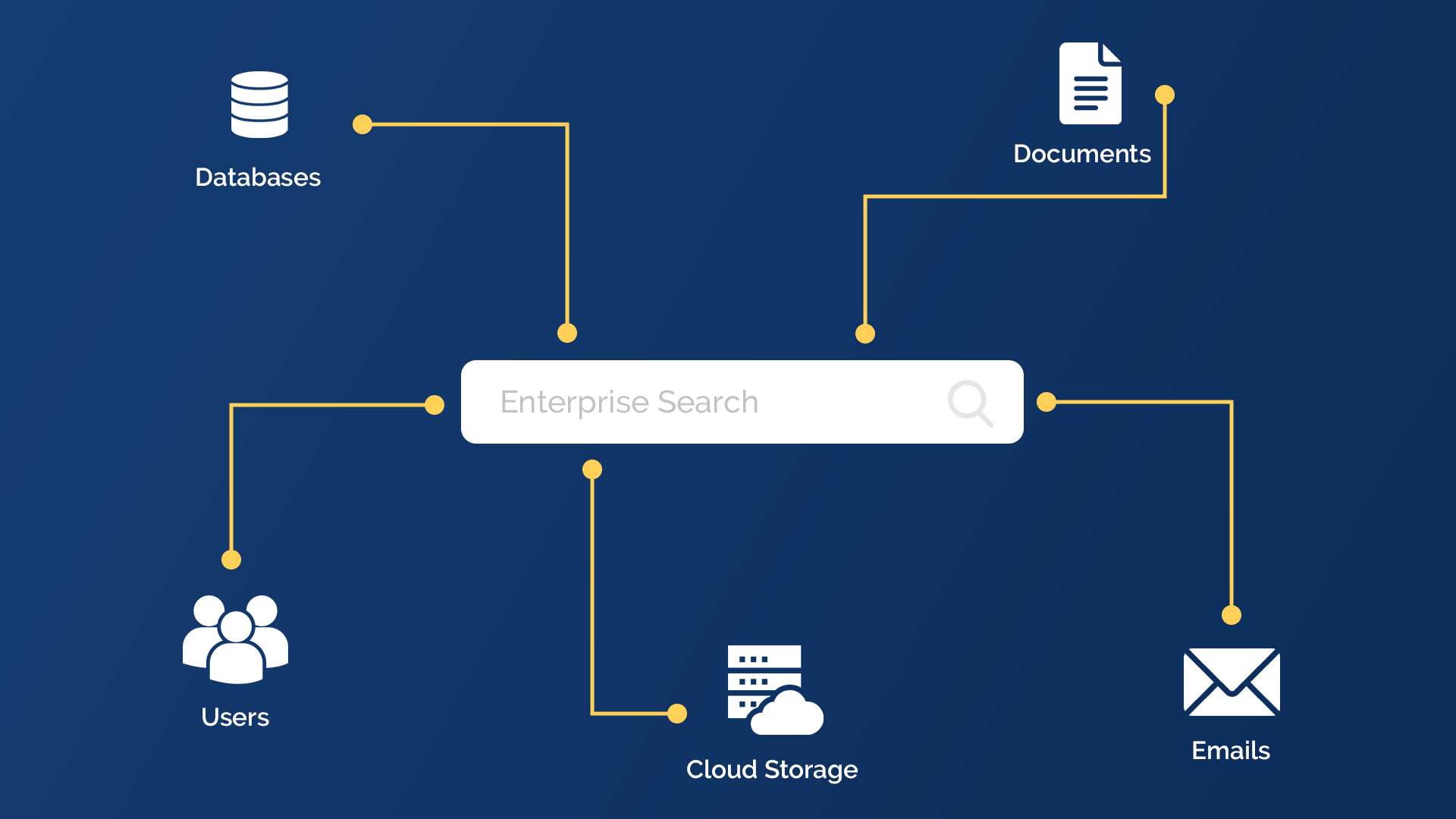
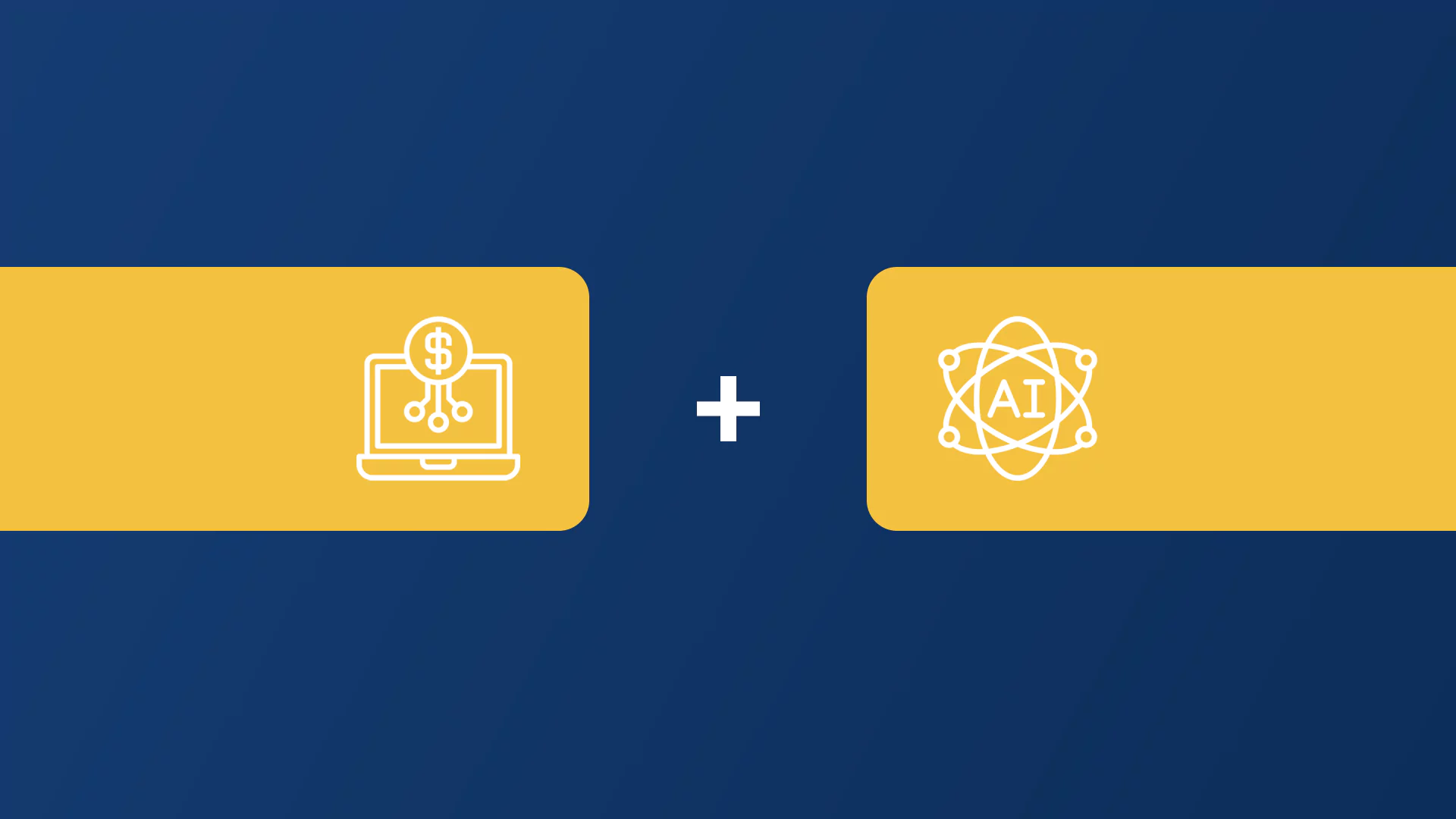



.png)


.png)
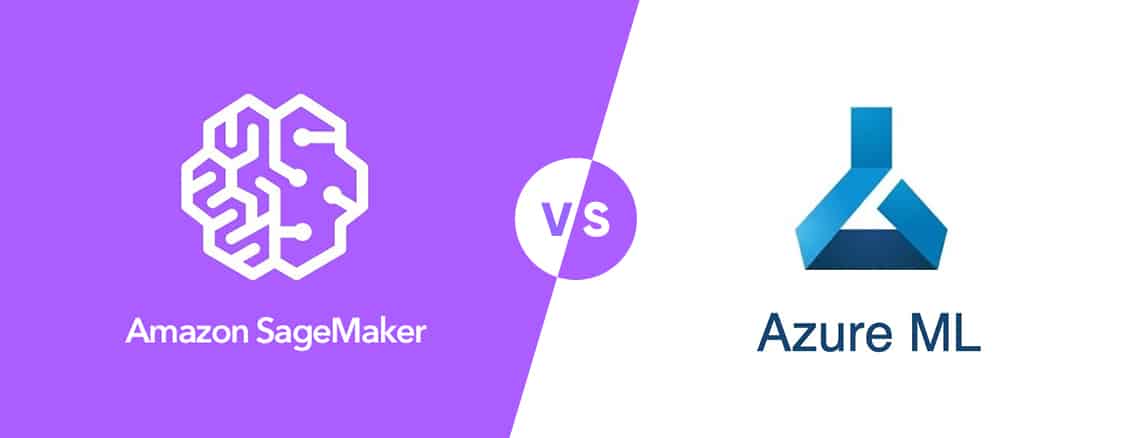

.webp)




